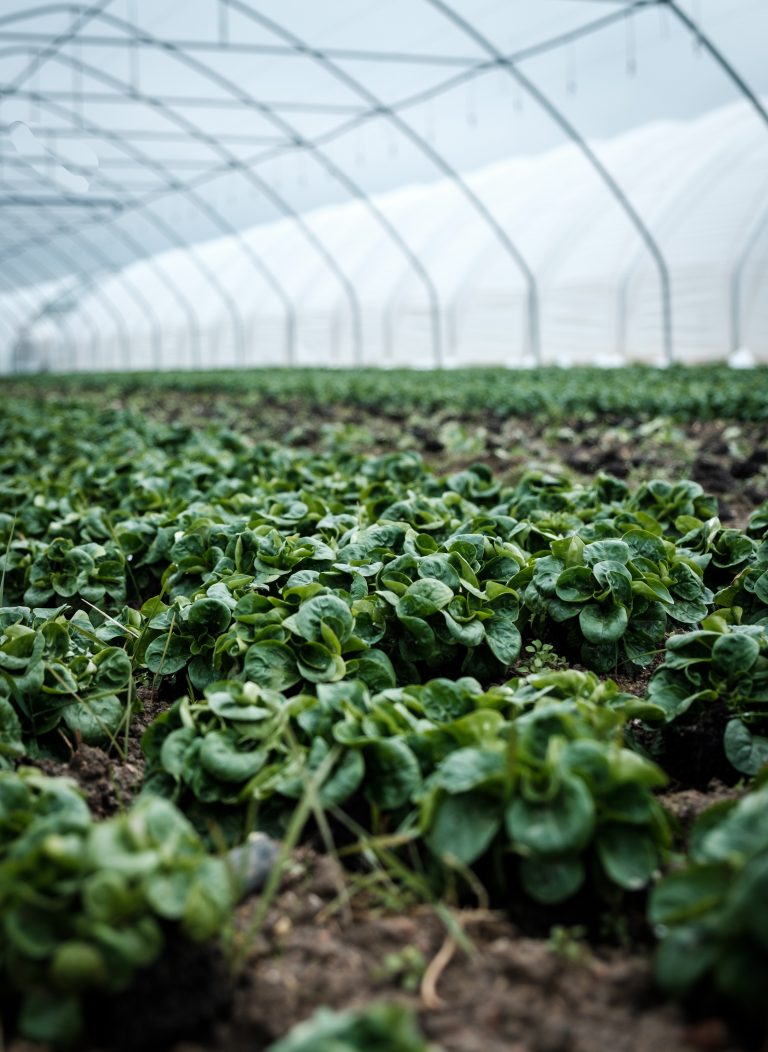WSJ|Video: “Coronavirus Hits Companies in China, But They Still Have a Reason to Stay”
Run Time: 5:38
Abstract: This video explores the role of China as the factory floor for the world and an important market for many companies. China’s ascent to the number two economy in the world has been rapid and many companies now depend on the country both for production and sales. In situations such as the recent outbreak of COVID-19, companies are finding their dependency on China has left them exposed to significant disruptions to their global supply chain and profits. Some companies are now wondering whether they need to change their strategies toward China. Others remain committed to the country and its highly productive workforce and strong consumer market.
Notes: As the world’s biggest manufacturer, China produces more products than any other country, and in doing so, touches nearly every supply chain in some way. Indeed, the dependency the world has on China, both as a factory floor and as a booming market for consumer goods, has been underscored with the recent outbreak of the novel coronavirus known as COVID-19. As government mandated quarantines threaten to disrupt production and global supply chains, many companies are wondering whether it still makes sense to rely so heavily on a single country. While companies have faced threats to their operations in the past including the tsunami that hit Japan and the ongoing trade war between China and the United States, COVID-19 is a different kind of threat, one that may require a different type of strategy.
Ironically, one of the most recent threats to global trade, the dispute between the United States and China, has already prompted some companies to reconsider their strategies. Some companies have shifted part of their production to countries like Vietnam and Malaysia. For other companies though, leaving China is not a viable option. Many U.S. multinationals produce their products in China and then sell their products in China. China’s emergence as the factory floor for the world began in the late 1970s following a series of economic reforms designed to create a more attractive investment climate. Companies like Johnson & Johnson, looking for a location where it could easily increase production while at the same time, keep costs down, moved its production to China. By the late 1990s, major auto companies including Volkswagen, Chrysler, and Ford had all built a manufacturing presence in China. As foreign companies flocked to China to capitalize on its highly productive labor force, wages in China began to rise and environmental regulations increased. Even so, China maintained its popularity as a desirable manufacturing destination, eventually surpassing the United States as the world’s biggest manufacturer.
Today, China is an important market for companies as well as an important location for manufacturing. Rising wage rates have contributed to the country’s growing middle class and the emergence of China as the world’s second biggest economy. More than 80 percent of the products produced in China by American companies are sold in China, making it an especially important market for many U.S. firms. Now though, those markets are being threatened by COVID-19. It is unclear just how long disruptions related to COVID-19 will last, but companies hope that things get back to usual very soon, and that the one billion consumers in China will start spending again .
Discussion questions prepared by David Switzer.
Discussion Questions:
1. The concept of comparative advantage states that people (or countries) should rely on other people (or countries) to do things that those other people can do at a lower opportunity cost. How can this can lead to over-reliance on one country that has a particularly low opportunity cost of producing a specific good. What are the costs and benefits of being less reliant on trade in this increasingly more globalized world?
2. Considering that 80% of products produced by American companies in China are actually sold in China, is this really over-reliance on Chinese production? What is the alternative? What are some of the costs of that alternative?
3. What role might economies of scale play in the increasing reliance on China? If firms were to source from five different countries instead of one, in what ways might this increase average costs?
Source: WSJ|Video “Coronavirus Hits Companies in China, But They Still Have a Reason to Stay”













